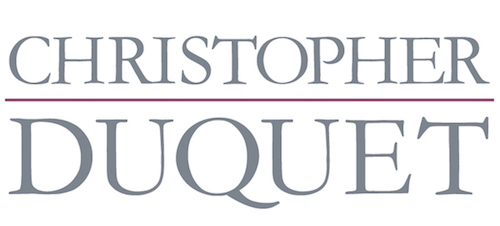There is a fair amount of confusion as to what these terms mean and their importance, so in order to clarify we would like to define and explain their relevance.
Appraisal: An appraisal is a document that is (ideally) written by a professional jewelry appraiser, ideally accredited with the G.I.A. (Gemological Institute of America) or the NAJA (National Association of Jewelry Appraisers) The goal of the appraisal can be focused on insurance replacement or probate. A “retail replacement” appraisal is the most common and is used by insurance companies and others to determine value for replacement coverage. A “probate” appraisal is used when an estate needs values more associated with liquidation and/or disbursement of values in probate, and has different criteria to establish value for tax and estate purposes.
An appraisal should contain the following information; gemstone type, size, weight, and quality, metal type and weight, and brief but descriptive text outlining the design of the piece as well as monetary value. Appraisals often contain the same information as a grading report as a reference, and also usually go on to describe the entire piece of jewelry. There are no state licensing requirements for appraisals and very little legal guidance so choose your appraiser with care. They should be qualitied and experienced in all cases!
Certificate: A certificate is a term generally applied to a grading report for a gemstone, usually diamond, although some valuable colored gems can have grading reports as well. There are various types of grading reports made by different organizations or “labs”. The most common types of reports and their corresponding laboratory names are as follows;
G.I.A. Gemological Institute of America
E.G.L. European Gem Laboratory
H.R.D. Hoge Raad voor Diamant
A.G.S. American Gem Society
In Chicago we also have P.G.S. Profession Gem Sciences
Other sets of letters should be viewed with extreme caution. There are a number of faux laboratories that sound legitimate but are not. That being said, there are (sometimes substantial) differences between the reports listed above. The G.I.A. is the most widely recognized lab and is the standard almost all appraisers use to grade diamonds and is also the standard system (the G.I.A. is an educational school, a grading system, and a laboratory.) The E.G.L. for example has been known to grade stones a grade or two higher which looks better on paper but not in reality, so thus is a confusing measure.
• The purpose of a grading report is to independently verify the quality of a gemstone; they are not used directly for value (this is where an appraisal comes in.)
• The grading report will speak only to the gemstone in a piece of jewelry, it does not have information about to the piece of jewelry in which the stone is set.
• The grading reports are meant to be an independent verification of quality. A second opinion so to speak so the buyer can have a higher degree of confidence in their purchase.
• Grading reports are often included in appraisals and referenced to add importance to the appraisal
• A customer can often expect both an appraisal and a grading report when purchasing a new diamond ring.
Grading reports and appraisals should always be generated by professionals with credentials and experience. Appraisals need to be updated periodically over the years to keep their values current and relevant. Most insurance companies want an appraisal made within the last 3-5 years.
Appraisals and grading reports are both important and valuable documents that are made to add information and knowledge to the jewelry buying and owning experience. Neither is necessary to enjoy a beautiful ring or necklace, but both can add to the enjoyment and understanding of a great piece of jewelry.
